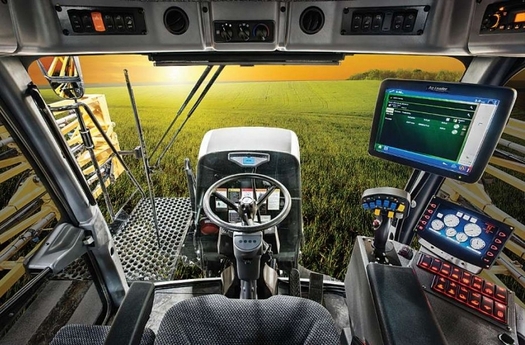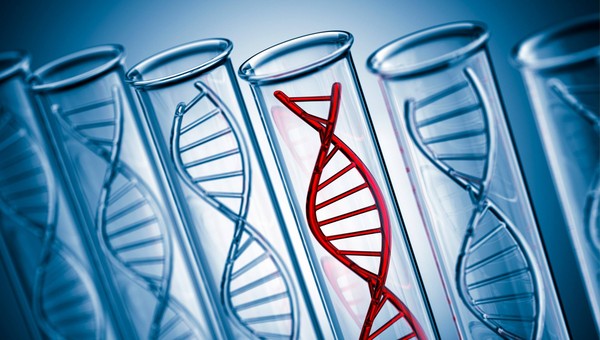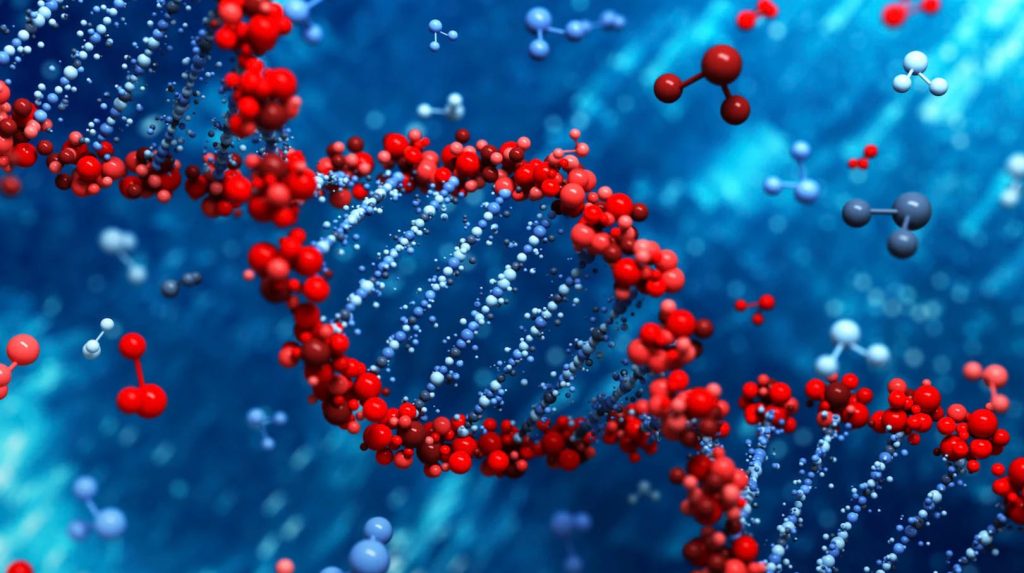Precision Farming: Optimally Integrating Technology within Agriculture!

Farming & Agriculture is bound to remain the bedrock of humanity on Earth. As the exponential growth & development of advanced technologies has begun revolutionizing workflows & processes across borders and industries, it’s about time that agriculture too, begins to transition into utilizing the cutting-edge tools at its disposal.
The key parameter dictating this change will be our ability to educate the source of this chain, which is the farmers themselves. To help them shift from decades old, traditional methods of farming requires a strong grasp of the potential benefits of adopting novel ideas which will help drastically reduce their burden through efficient management of resources.
Over the past decade, the term, ‘Precision Farming’ has come to light. Understanding what it constitutes is the key to transforming ‘agriculture’ as we know it!
What is Precision Farming?
It is a unique approach to farm management which utilizes a variety of information technologies (IT) to create an efficient, sustainable & highly profitable method of farming. By integrating tools like GPS, Sensors, GIS, automation, robotics & drones it aims to reduce the factor of human-error by calculating ‘how’ & ‘when’ a resource needs to be used. By combining real-time & recorded data with weather & soil conditions, accurate analytics helps farmers plan the entire lifecycle of a crop by optimally dividing the land into smaller units and subsequently finding ways to addressing the individual requirements of each section without negatively impacting another.
Tangible Benefits of Precision Farming:
- Increases crop production while simultaneously reduces financial costs.
- Optimizes the usage of resources such as water, fertilizers & pesticides.
- Helps zoning of crops & farmland which allows farmers to pinpoint which part of the farm requires what kind of human intervention.
- Through analytics, real-time imaging & sensor data, it facilitates the planning of long term strategies for crop management.
- Lowers the major dependance of crop cultivation on weather conditions.
- Maintains soil quality by reducing unnecessary usage of pesticides.
Challenges to Widespread Adoption:
- Harnessing precision farming technologies is not a foolproof method for multiplied returns compared to traditional farming as weather still plays a huge role.
- Initial investment costs of using sensors, GPS technology & drones can be quite high and may not be viable or affordable for a huge chunk of farmers who do not own large establishments or huge areas of land.
- Technology can provide thousands of datapoints & subsequent analysis but implementing tactics or an action based of those analytics is a separate ballgame which farmers have to deal with as very few ready-made solutions exist.
- Cybersecurity risk – Digitalization of critical data is vulnerable to outside interference in the form of hacking or cybertheft.
Tools & Technologies Leading the Charge:
- Global Positioning System (GPS): Defined as a satellite-based navigation system, GPS allows farmers majorly in the context of mapping & zoning of their cultivable land to distinguish each area as a singular entity which can further be monitored. It makes possible, despite low visibility or in adverse weather, the usage of automated farm machinery such as tractors & also aids in tasks such as soil sampling & accurate dispersal of seeds & fertilizers.
- Global Information System (GIS): While GPS allows for on ground navigation, GIS is a tool which helps in application of information passed down to GPS receivers. GIS is a system which helps integrate data such as crops, vegetation, irrigation channels, livestock housing structures & farm machinery routes within a map providing essential context & descriptive information to a piece of land. GIS helps in providing analysis by working in tandem with remote sensors to monitor various aspects like crop yield, livestock, pest control, flooding amongst many others. Farmers can thus avoid guesswork when making key decisions regarding any parts of the farmland.
- Variable Rate Technology & Application (VRT & VRA): Combining the capabilities of remote sensing with GPS, VRT permits farmers to dictate operations as per requirement of each individual entity of their land. Using thousands of collective datapoints, farmers can discover which row of crops or area of farmland requires more fertilizer or lesser irrigation. They can accurately predict how much pesticide will be needed for dispersal in plot A vs plot B and through VRA, only use the optimal amount of a resource as actually needed instead of going on instinct. A prime example of this can be seen through drip irrigation combined with VRA wherein different sections of crops require different amounts of water at different times to grow & blossom fruitfully. This also helps in reducing water wastage.
- Sensors (Soil Mapping): For precision farming to actually work, a solid, foundational overview of the soil is essential. Various types of sensors are harnessed to evaluate several properties of the soil such as amount of nutrients & minerals present, chemical composition, density etc. Furthermore, specialized sensors can then also calculate factors such as amount light absorbed and reflected (optical sensors) & existence or quantity of key minerals like potassium (electrochemical sensors). Sensors play a vital role in creating, maintaining & monitoring of different divisions of a farmland.
- UAVs & Drones: To elevate mapping provided by GPS & GIS technologies, the use of unmanned aerial vehicles or drones is required to create highly specific & complex imagery of agricultural land. Although advanced cameras can be attached to currently used crop duster aircraft, UAVs offer a more fuel-efficient method of imaging while also offering a wider spectrum of opportunities for soil analysis & farm management.
With the wave of digitalization reaching the farthest corners of the world & technologies becoming more affordable, the adoption of precision farming is imminent. The MARKETSANDMARKETS NEXT-GEN AGRITECH CONFERENCE scheduled for the 17th-18th of October 2022 in Chicago, USA aims to explore the key trends, developments, opportunities, innovations & upcoming disruptions within the AgriTech ecosystem.
CLICK HERE TO EXPLORE THE 2-DAY CONFERENCE!
REGISTER FOR THE CONFERENCE HERE!
Ayush Kanitkar
MarketsandMarkets
+91-8975985061









